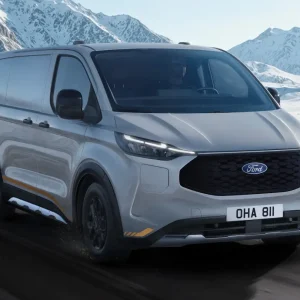Jointly developed by the Nissan Design Centre in Japan and Nissan Design Europe, based in Paddington, West London it is designed to answer the specific needs of an underwater photographer.
 When the van is stationary a pod containing all the necessary underwater kit can be deployed to the rear of the vehicle, leaving an empty 'load area' which can then be used as an office for processing digital photographs. The passenger seat slides back on floor-mounted rails and swings around to meet a desk which folds down when required.
When the van is stationary a pod containing all the necessary underwater kit can be deployed to the rear of the vehicle, leaving an empty 'load area' which can then be used as an office for processing digital photographs. The passenger seat slides back on floor-mounted rails and swings around to meet a desk which folds down when required.
Naturally, the NV200 or anything like it will never reach the showrooms, but according to Andy Palmer, global vice president for Nissan Commercial Vehicles, there are details and technologies present in NV200 which will appear in future LCV products.

 Nissan has unveiled its very innovative and futuristic NV200 light commercial vehicle concept at the Tokyo Motor Show.
Nissan has unveiled its very innovative and futuristic NV200 light commercial vehicle concept at the Tokyo Motor Show.



